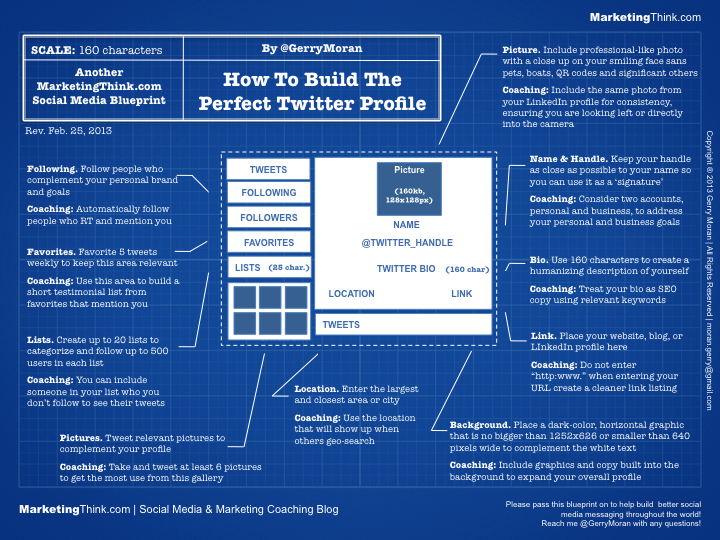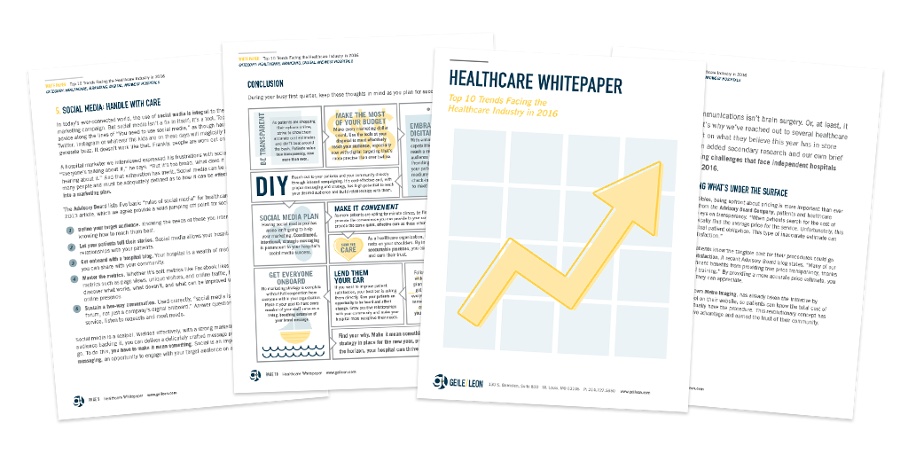With the value of paid advertising on traditional platforms continuing to decrease, opportunities for brands to find new ways to reach their target are becoming commonplace. One of the big trends over the past year has been the rise of sponsored content and native advertising. Integrating your brand into the content of a media form as the role of digital media has evolved will most certainly continue to rise.
In both news and entertainment programming, brand-crafted messaging is now commonplace. But doing it well isn’t as simple as just creating an ad. It requires the brand itself and the content vehicle working together towards seamless integration. It requires the brand to relinquish control and allow a different set of decision-makers to take the reigns.
A recent integration on the ABC smash hit Modern Family was relatively subtle, but in a good way. The National Association of REALTORS® partnered with the show’s writers to craft the episode’s messaging, and did so without compromising the show’s entertainment value. You can view a clip from the episode here.
While the clip is a minute long, the REALTORS brand doesn’t get mentioned until the very end, and even in doing so, it’s essentially mocked by Sofia Vergara’s Modern Family character. Those are the kind of moments that internal marketing managers have traditionally been horrified of, but it works due to the connection with one of the show’s main protagonists:
With Dunphy, portrayed by actor Ty Burrell, the group sensed an opportunity: a main character on one of television’s most popular comedies who sells real estate.
“He’s now one of America’s best-loved Realtors,” said Elizabeth Mendenhall, incoming president of the association.
As Adweek points out, brand integrations aren’t a new thing, but since this one didn’t focus on a consumer product in particular and more on an organization, it definitely stood out:
“Phil Dunphy is a Realtor—he was written that way by the show’s creators,” which makes the integration seem natural, said Sean McBride, executive vice president, executive creative director at Arnold. “And the amazing character they’ve developed already embodies many of the attributes that are important in a Realtor: He’s honest, he’s helpful, he’s sincere.”
The Modern Family actor himself had this to add:
“I’ve always admired a company that allows themselves to be seen in an imperfect light or allows themselves to be poked fun at,” he said. “That’s the strongest play.”
Overall, well done. One of the big fears about sponsored content is that it will interfere with the programming and it seems like that was avoided here.
Have any questions about helping your brand stand out? Drop us a line and we’ll be happy to chat.
[gl-hs-form form_id=’1863abe3-c1e4-43d0-a298-c7b132f8ce03′]
 Let’s get one thing straight; the
Let’s get one thing straight; the  The best brands tell stories. Stories that their clients and customers relate to, find compelling, elicit emotion and most importantly – motivate. The content that is created and shared on Instagram can solidify a brand’s identity and relationship with their audience. But, sharing the correct content is always key.
The best brands tell stories. Stories that their clients and customers relate to, find compelling, elicit emotion and most importantly – motivate. The content that is created and shared on Instagram can solidify a brand’s identity and relationship with their audience. But, sharing the correct content is always key. 
